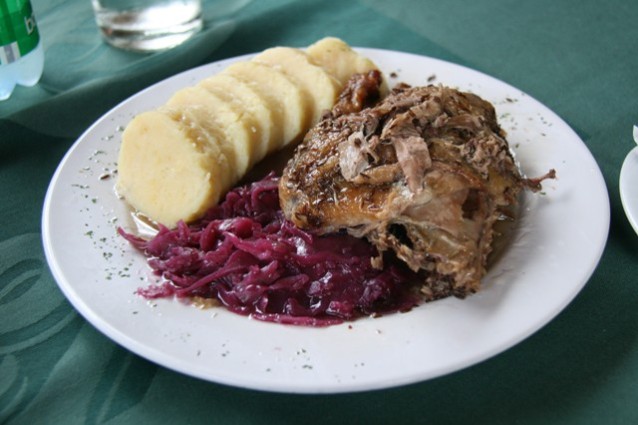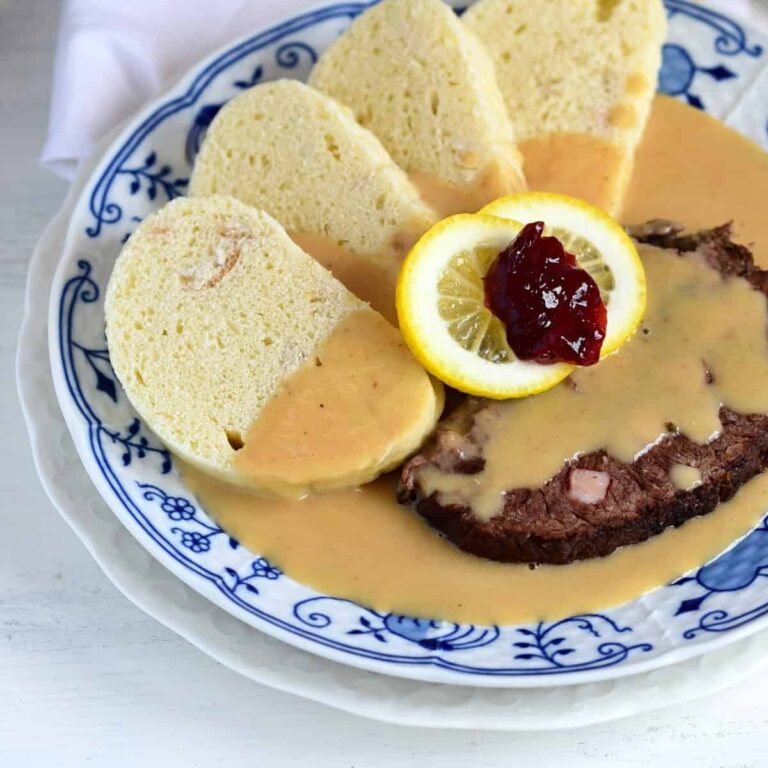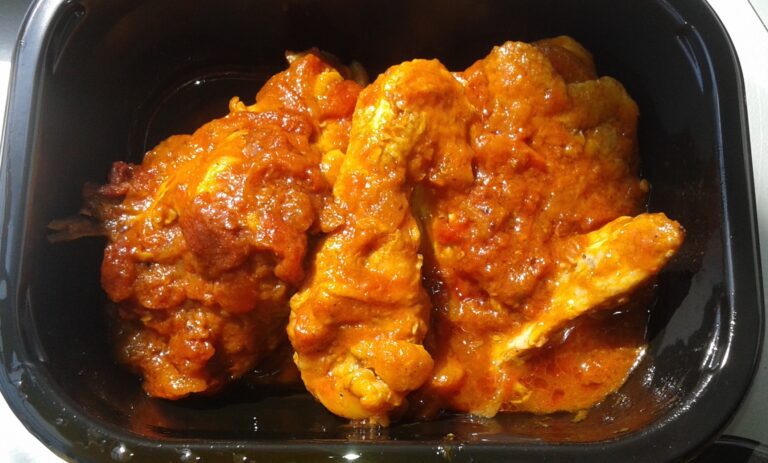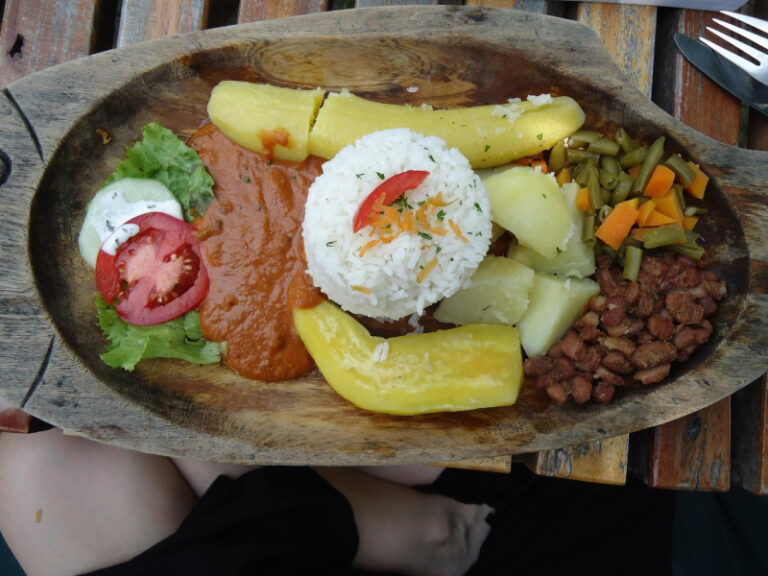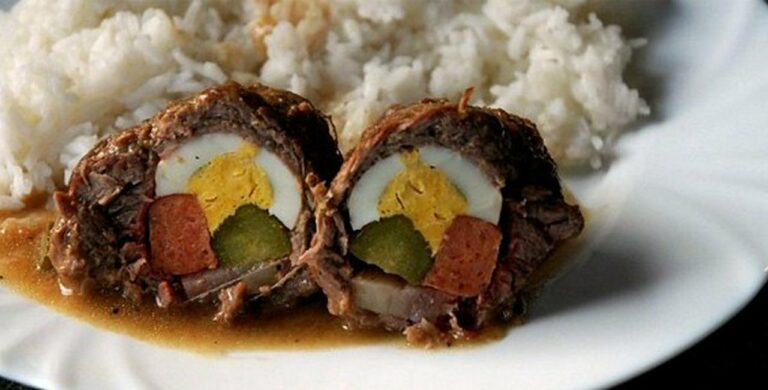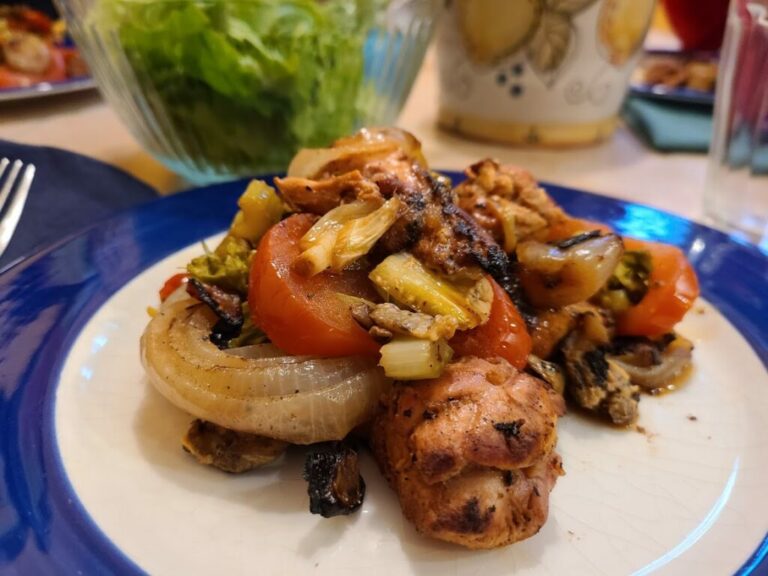Introduction to Czech street food
Street food is a popular form of fast food, which is sold in public places in small portions. It is an essential part of the cuisine in various countries, such as Thailand, Mexico, and India. However, the street food culture is not limited to these countries only, as it is also prevalent in European countries, such as Czechia. Czech street food is a delicious and affordable way to experience the local cuisine and culture.
History of street food in Czechia
Street food is not a new trend in Czechia, as it has been part of the country’s culinary heritage for centuries. In the past, street vendors sold traditional Czech dishes, such as sausages and baked goods, to farmers and workers who came to the cities for work. During the communist era, street food was heavily regulated and controlled by the government. However, after the Velvet Revolution in 1989, the street food culture in Czechia experienced a revival. Today, it is an integral part of Czech cuisine and culture.
Popularity of street food in Czechia
Street food is a popular and growing trend in Czechia. It is not only an affordable and convenient way to eat, but it also provides a unique culinary experience. Street vendors offer a variety of traditional Czech dishes, as well as international cuisine, such as kebabs, falafel, and sushi. Czech street food festivals and markets are also popular, attracting both locals and tourists.
Typical Czech street food dishes
Czech street food includes a variety of traditional dishes, such as klobása (Czech sausages), trdelník (chimney cake), and lángos (deep-fried dough topped with cheese and garlic). Other popular street food dishes include chlebíčky (open-faced sandwiches), koláče (sweet pastries), and bramborák (potato pancakes). Czech street food is known for its hearty and comforting flavors.
Where to find street food in Czechia
Street food is found throughout Czechia, particularly in cities and towns. It can be found in food trucks, markets, and festivals. Some popular places to find street food in Prague include Wenceslas Square, Old Town Square, and Náplavka farmers market. In smaller towns, street food is often found in local markets or on the street corners.
Regulations and hygiene standards for street food
In Czechia, street food vendors must comply with strict hygiene standards and regulations set by the Ministry of Agriculture. Vendors must obtain a permit from the local authorities to sell food on the streets. They are also required to follow specific food safety guidelines, such as storing and handling food properly, and maintaining cleanliness and sanitation.
Impact of street food on Czech culture
Street food is not only a convenient and affordable way of eating, but it also plays an important role in Czech culture. Street food vendors preserve traditional Czech dishes and introduce them to a wider audience. It also provides opportunities for small business owners and contributes to the local economy. Additionally, street food festivals and markets bring people together, creating a sense of community and cultural exchange.
Conclusion: Street food in Czechia
In conclusion, street food is a popular and growing trend in Czechia. It has a rich history and plays a vital role in Czech cuisine and culture. Czech street food offers a unique culinary experience, providing opportunities to taste traditional dishes and international cuisine. Whether it is in a market or on the street corner, street food in Czechia is an affordable and delicious way to eat and experience the local culture.


